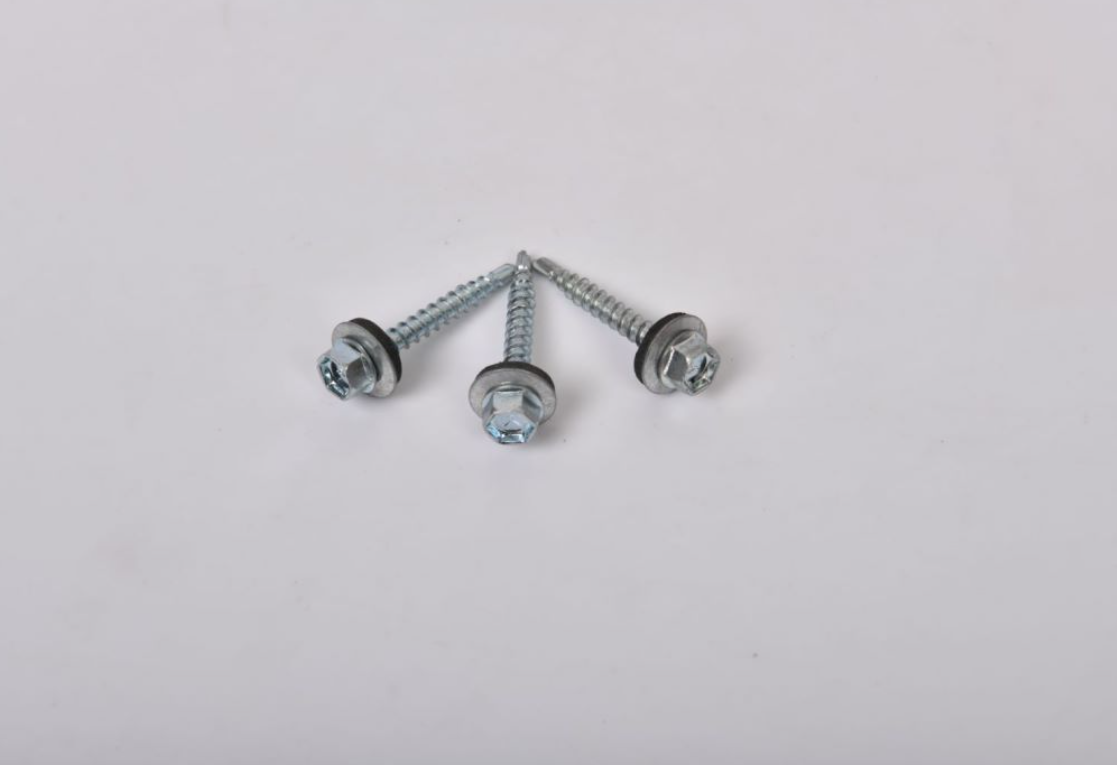Choosing the Right Drywall Screw Length for Your Home Improvement Projects and Needs
Understanding Drywall Screw Length A Comprehensive Guide
When it comes to drywall installation, one of the most crucial aspects to consider is the appropriate screw length. The right drywall screws ensure a secure fit, minimize damage to the drywall, and provide a sturdy surface for finishing. In this article, we will delve into the drywall screw length chart, offering insights on selecting the perfect screws for your project.
What Are Drywall Screws?
Drywall screws are specifically designed for attaching drywall to wooden or metal studs. They feature a sharp point and coarse thread, which makes them ideal for penetrating drywall and holding it in place against various surfaces. It’s important to choose the right length to ensure a successful installation without compromising the integrity of your walls.
Drywall Screw Length Chart Overview
A drywall screw length chart typically categorizes screws based on the thickness of the drywall being used and the type of framing material. Generally, drywall comes in various thicknesses 1/4 inch, 1/2 inch, and 5/8 inch. Here’s a simplified breakdown of the recommended screw lengths based on the drywall thickness
- 1/4 Inch Drywall Use 1 inch screws - 1/2 Inch Drywall Use 1 1/4 inch screws - 5/8 Inch Drywall Use 1 5/8 inch screws
It’s important to note that if you are attaching drywall to metal studs, you might want to use screws that are slightly longer. This is because the thickness of the metal can affect how much of the screw penetrates into the framing material.
Importance of Choosing the Right Length
drywall screw length chart quotes

Choosing the right length of screws not only aids in the installation process but also affects the durability of the finished product. If the screws are too short, they may not penetrate the studs adequately, leading to sagging or loose drywall. Conversely, using screws that are too long can puncture through the drywall paper, creating unsightly dimples and potentially compromising the structural integrity of the drywall.
Factors to Consider
When selecting drywall screws, consider the following factors
1. Type of Drywall Ensure the screw length matches the thickness of the drywall for optimal results. 2. Framing Material Adjust screw length based on the type of studs you are working with (wood vs. metal). 3. Application For ceiling applications or areas that may endure higher stresses, opt for a slightly longer screw to ensure a secure hold.
Tips for Installation
- Pre-Drill If you are working with hardwood or metal studs, pre-drilling can make it easier to install the screws without damaging the surrounding material. - Pilot Holes In particularly dense materials, pilot holes can ensure that the screws drive in smoothly. - Screw Spacing Follow recommended screw spacing guidelines (typically about 12 to 16 inches apart) to support the drywall effectively.
Conclusion
In conclusion, understanding the drywall screw length chart is essential for any drywall project. Choosing the correct screw length based on drywall thickness and framing materials results in a sturdy and visually appealing finish. Remember that investing time in selecting the right screws pays off in the durability and quality of your finished walls. Whether you're a DIY enthusiast or a seasoned professional, understanding these principles of drywall installation will lead to more successful outcomes in your projects.
-
Top Choices for Plasterboard FixingNewsDec.26,2024
-
The Versatility of Specialty WashersNewsDec.26,2024
-
Secure Your ProjectsNewsDec.26,2024
-
Essential Screws for Chipboard Flooring ProjectsNewsDec.26,2024
-
Choosing the Right Drywall ScrewsNewsDec.26,2024
-
Black Phosphate Screws for Superior PerformanceNewsDec.26,2024
-
The Versatile Choice of Nylon Flat Washers for Your NeedsNewsDec.18,2024










